
arXiv:hep-th/0002145 v1 17 Feb 2000
hep-th/0002145
DeSitter Entropy,
Quantum Entanglement and AdS/CFT
Stephen Hawking
∗
, Juan Maldacena
†
and Andrew Strominger
†
∗
Department of Applied Mathematics and Theoretical Physics,
Centre for Mathematical Sciences
Wilberforce Road, Cambridge CB3 OWA, UK
†
Department of Physics
Harvard University
Cambridge, MA 02138, USA
Abstract
A deSitter brane-world bounding regions of anti-deSitter space has a macroscopic
entropy given by one-quarter the area of the observer horizon. A proposed variant of
the AdS/CFT correspondence gives a dual description of this cosmology as conformal
field theory coupled to gravity in deSitter space. In the case of two-dimensional deSitter
space this provides a microscopic derivation of the entropy, including the one-quarter, as
quantum entanglement of the conformal field theory across the horizon.
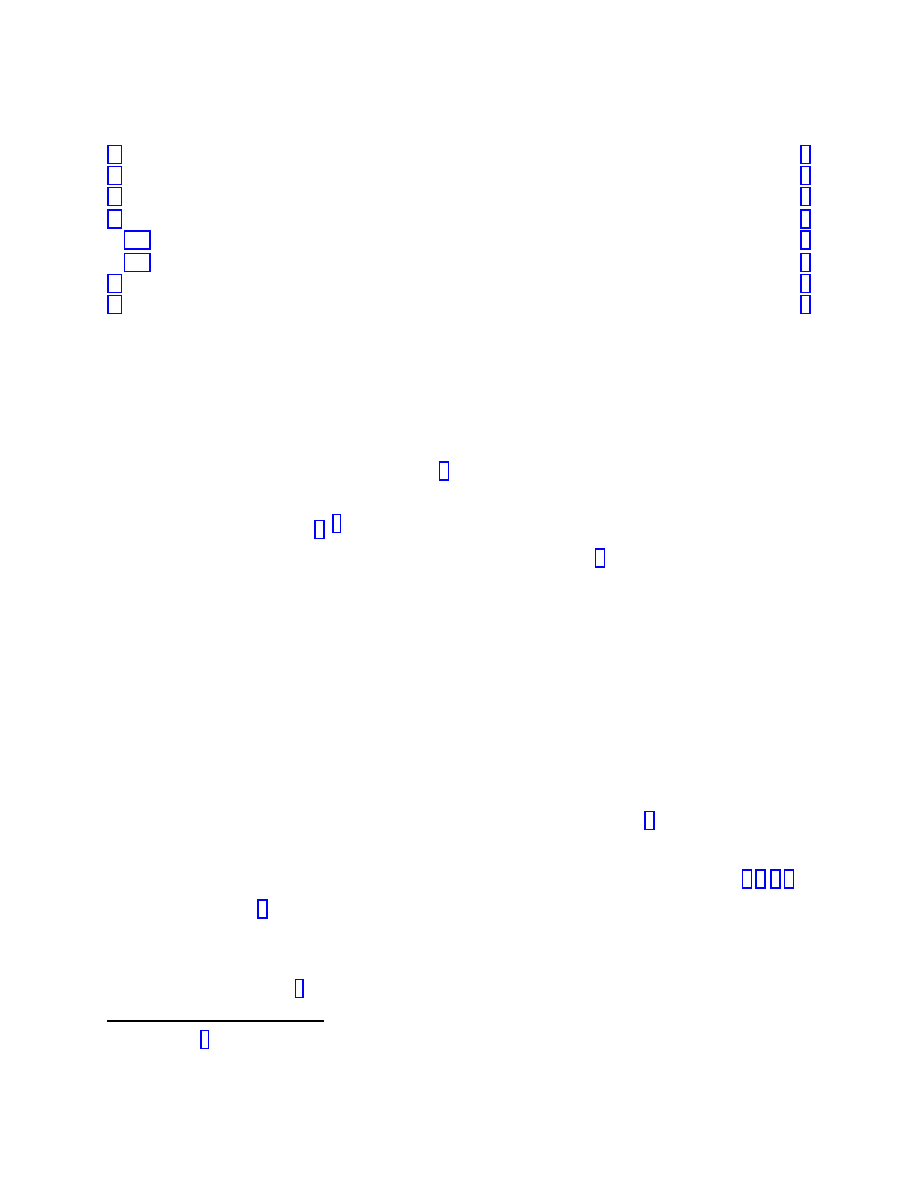
Contents
1. Introduction
. . . . . . . . . . . . . . . . . . . . . . . . . . . . . . . . .
2. Classical Geometry . . . . . . . . . . . . . . . . . . . . . . . . . . . . . . .
3. Dual Representations . . . . . . . . . . . . . . . . . . . . . . . . . . . . . .
4. DeSitter Entropy
. . . . . . . . . . . . . . . . . . . . . . . . . . . . . . .
4.1. Semiclassical Macroscopic Entropy
. . . . . . . . . . . . . . . . . . . . . .
4.2. Microscopic Entropy
. . . . . . . . . . . . . . . . . . . . . . . . . . . .
5. Four Dimensions . . . . . . . . . . . . . . . . . . . . . . . . . . . . . . . .
6. Black Hole Formation on the Brane
. . . . . . . . . . . . . . . . . . . . . . .
1. Introduction
Despite advances in the understanding of black hole entropy, a satisfactory microscopic
derivation of the entropy of deSitter space [1] remains to be found. In this paper we address
this issue in the context of a deSitter space arising as a brane-world of the type discussed
by Randall and Sundrum [2]
bounding two regions of anti-deSitter space. It is natural to
suppose that such theories are dual, in the spirit of AdS/CFT [3], to a conformal theory on
the brane-world coupled to gravity with a cutoff. The cutoff scales with the deSitter radius
in such a way that the usual AdS/CFT correspondence is recovered when the cutoff is taken
to infinity. This duality provides an alternate description of the deSitter cosmology which
can be used, in the case of two dimensions, for a microscopic derivation of the deSitter
entropy. We find that the entropy can be ascribed to the quantum entanglement of the
CFT vacuum across the deSitter horizon. Quantum entanglement entropy can also be
viewed as the entropy of the thermal Rindler particles near the horizon, thereby avoiding
reference to the unobservable region behind the horizon.
Our derivation is closely related to the observation of reference [4] that in two dimen-
sions black hole entropy can be ascribed to quantum entanglement if Newton’s constant
is wholly induced by quantum fluctuations of ordinary matter fields (see also [5,6,7,8]).
In the context of [4] this seemed to be a rather artificial and unmotivated assumption.
However the AdS brane-world scenarios do appear to have this feature. The basic reason
is that, in a semiclassical expansion, the Einstein action on the brane arises mainly from
bulk degrees of freedom
which correspond, in the dual picture, to ordinary matter fields
1
Unlike [2] we include a nonzero cosmological constant on the brane.
2
This follows when the AdS radius is large compared to the Planck length.
1
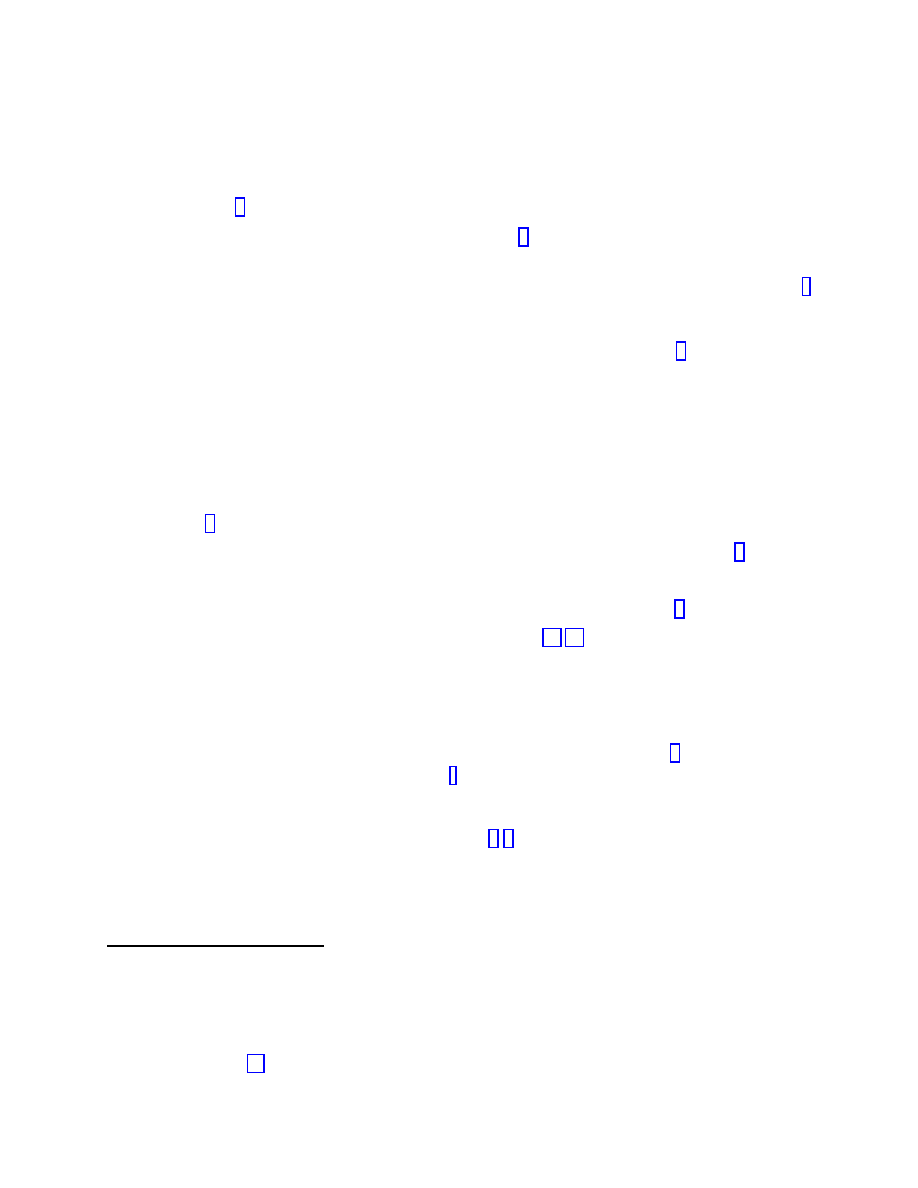
on the brane. The semiclassical expansion in the bulk corresponds to a large N expansion
in the brane, in which the leading term in Newton’s constant is induced by matter fields.
Our derivation of two-dimensional deSitter entropy is similar to the derivation of black
hole entropy in [9] in that it uses a brane field theory dual to the spacetime gravity theory
to compute the entropy. However it differs in that in [9] the black hole entropy was given by
the logarithm of the number of unobserved microstates of the black hole, whereas here the
deSitter entropy arises from entanglement with the unobserved states behind the horizon.
Alternatively, it can be viewed as the number of microstates of the thermal gas of Rindler
particles near the horizon. This latter viewpoint is closer to that of [9]. This issue is
explored in the final section by throwing a black hole in the bulk of AdS at the brane.
When the bulk black hole reaches the brane, the brane state collapses to a brane black
hole. At all stages the entropy is accounted for by a thermal gas on the brane.
Formally, the derivation can be generalized to higher-dimensional deSitter spaces
which bound higher-dimensional anti-deSitter spaces. It was conjectured by Susskind
and Uglum [6] that there is a general a precise relationship between entanglement entropy
and the one loop correction to Newton’s constant. Based on this, Jacobson [5] argued
that black hole entropy can be ascribed to quantum entanglement if Newton’s constant is
wholly induced. However, while we are sympathetic to the conjecture of [6], and it fits well
with the discussion herein, its status remains unclear [10,11]. The basic problem is that
in greater than two dimensions the corrections have power law divergences and hence are
regulator dependent. This makes precise statements difficult above two dimensions.
A further significant fly in the ointment - even in two dimensions- is that there is
no known example of the type of brane-world scenario considered in [2] embedded in a
fully consistent manner into string theory
. The observations of the present paper are
relevant only if such examples exist. For the time being however they provide intriguing
connections along the circle of ideas pursued in [1-9].
2. Classical Geometry
3
In general the entanglement entropy is less than the logarithm of the number of possible
microstates of the unobserved sector of the Hilbert space. If the total system is in a pure state,
the entanglement entropy is bounded from above by the logarithm of the number of possibly
entangled states in the unobserved sector of the Hilbert space.
4
See however [12] for related scenarios in string theory.
2

AdS
brane
3
Fig. 1:
Euclidean instanton geometry. The brane is an S
2
which bounds two
patches of euclidean AdS
3
= H
3
.
The euclidean action for a onebrane coupled to gravity with a negative cosmological
constant (Λ =
−
1
L
2
) is
S
tot
=
−
M
p
16π
Z
d
3
x
√
g(R +
2
L
2
) + T
Z
d
2
σ
√
h.
(2.1)
M
p
here is the three dimensional Planck mass, T is the brane tension and h is the induced
metric on the brane. We have assumed that there is no boundary. We wish to consider a
spherically symmetric brane at radius r
B
which bounds two regions of AdS
3
with metrics
ds
2
3
= L
2
dr
2
+ L
2
sinh
2
rdΩ
2
2
,
(2.2)
where 0
≤ r ≤ r
B
, as shown in fig. 1. The two copies of AdS
3
are glued together along the
S
2
at r = r
B
where the bulk curvature has a delta function. The topology of the spacetime
is S
3
. The induced metric on the brane is
ds
2
2
= `
2
dΩ
2
2
,
(2.3)
with
`
≡ L sinh r
B
.
(2.4)
The action for such a configuration is
S
tot
=
M
p
4πL
2
V
3
−
M
p
coth r
B
2πL
V
2
+ T V
2
,
(2.5)
where V
3
is the bulk volume and V
2
is the brane volume. The second term arises from a
delta function in the bulk curvature at r = r
B
. One finds using (2.2) that
S
tot
=
−
LM
p
2
(sinh 2r
B
+ 2r
B
) + 4πT L
2
sinh
2
r
B
.
(2.6)
3

The action (2.6) has an extremum at
tanh r
B
=
M
p
4πT L
(2.7)
for which
S
tot
=
−LM
p
r
B
.
(2.8)
We are interested in the case that the right hand side of (2.7) is close to (but less than)
one so that r
B
and ` are large. We may then approximate
S
tot
=
−LM
p
ln ` + . . .
(2.9)
The subleading corrections are suppressed for large `.
The induced brane metric (2.3) is the two-dimensional euclidean deSitter (i.e. round
S
2
) metric with a large deSitter radius `. A lorentzian deSitter solution can be obtained
by analytic continuation of the periodic angle φ on S
2
to it. One finds
ds
2
3
= L
2
dr
2
+ L
2
sinh
2
r(dθ
2
− sin
2
θdt
2
),
ds
2
2
= `
2
dθ
2
− `
2
sin
2
θdt
2
.
(2.10)
Fig. 2:
Penrose diagram of Lorentzian two dimensional de-Sitter space. The
dotted line indicates the trajectory of a geodesic observer. We have also indicated
the past and future horizons for that observer, and the shaded region indicates the
patch covered by the coordinates (2.10).
These coordinates cover the diamond-shaped region of DS
2
illustrated in fig. 2. It is
the region outside both the future and past horizons of any timelike observer at constant
θ
6= 0, π.
4
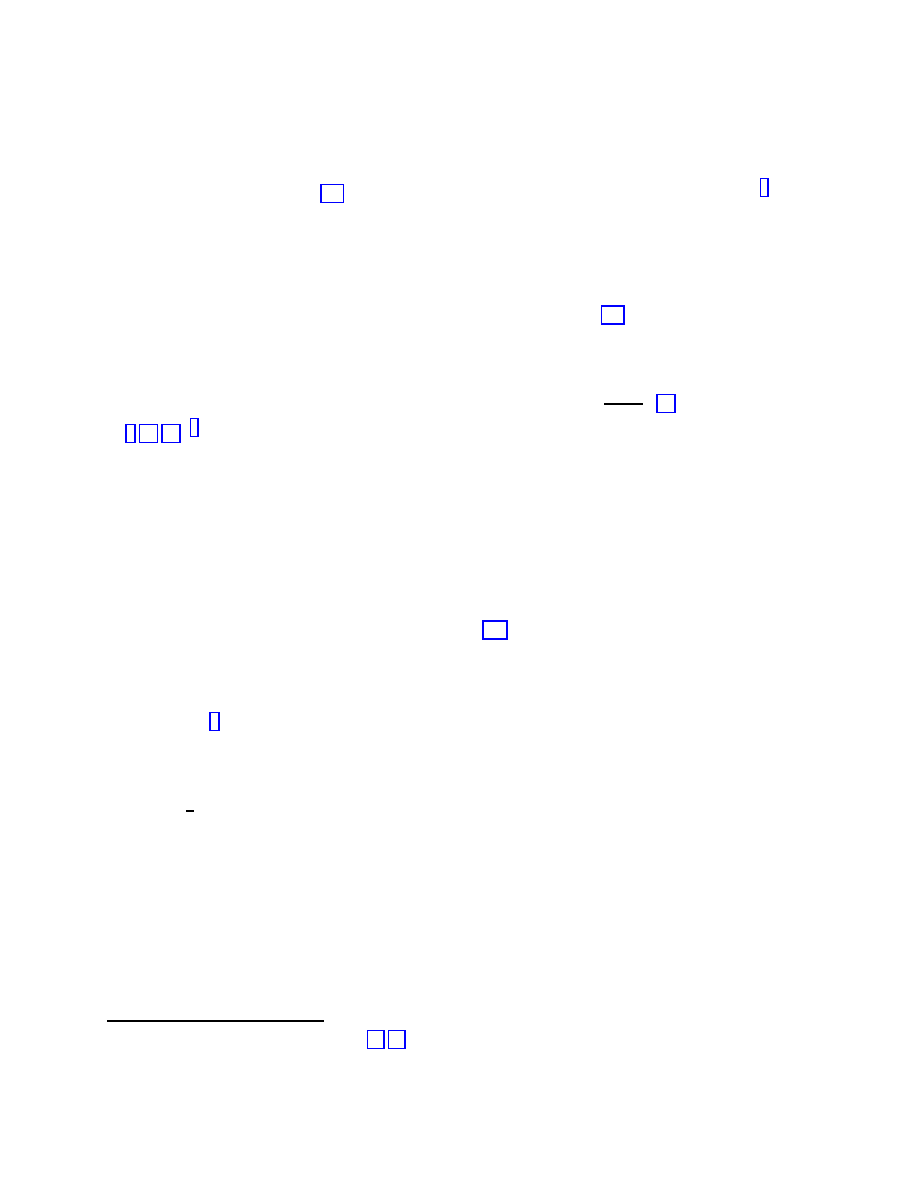
3. Dual Representations
Let us assume there is a unitary quantum theory whose semiclassical gravitational
dynamics is described by (2.1). Such a theory should have two dual descriptions.
The
first is, as described above, a three-dimensional bulk theory containing gravity and a brane.
The second description is as a two-dimensional effective theory of the light fields on the
brane worldvolume. These light fields include holographic matter living on the brane. To
see this we first consider a single copy of AdS
3
in coordinates (2.2) with a fixed boundary
at r = r
B
, for large r
B
. If we keep the metric on the boundary fixed, but integrate over
the bulk metric, the resulting theory has a holographic description as a 1 + 1 conformal
field theory on a sphere of radius ` with central charge c =
3LM
p
2
[15] and a cutoff at
L[3,16,17].
To recover the geometry under consideration, we must take two copies of such
bounded AdS
3
spacetimes, identify them along their boundaries, and then integrate over
boundary metrics. Because there are two copies, one has two copies of the matter action
on the boundary, with a total central charge
c = 3LM
p
.
(3.1)
The second brane tension term in the action (2.1) corresponds to a counterterm which
renormalizes the cosmological constant.
We are not fixing the boundary by hand so we have two-dimensional gravity because,
as shown in [2], there is a graviton zero mode trapped on the brane, as well as the radion
field representing the radial position of the brane. The radion has a small mass in the case
of a large deSitter boundary. For a D-dimensional boundary brane, gravity plus the radion
comprise
1
2
(D
2
− 3D + 2) local degrees of freedom (after implementing the constraints).
Hence for the present case of D = 2 the radion-gravity system has no local degrees of
freedom.
For our purposes we need only the gravity part of the effective action, with the radion
field set at the minimum of its potential. The gravity effective action is most easily
represented in conformal gauge
ds
2
2
= e
2ρ
dˆ
s
2
2
,
(3.2)
5
Related discussions appear in [13,14].
6
Alternately one may take a sphere of unit radius and a cutoff at L/`.
5
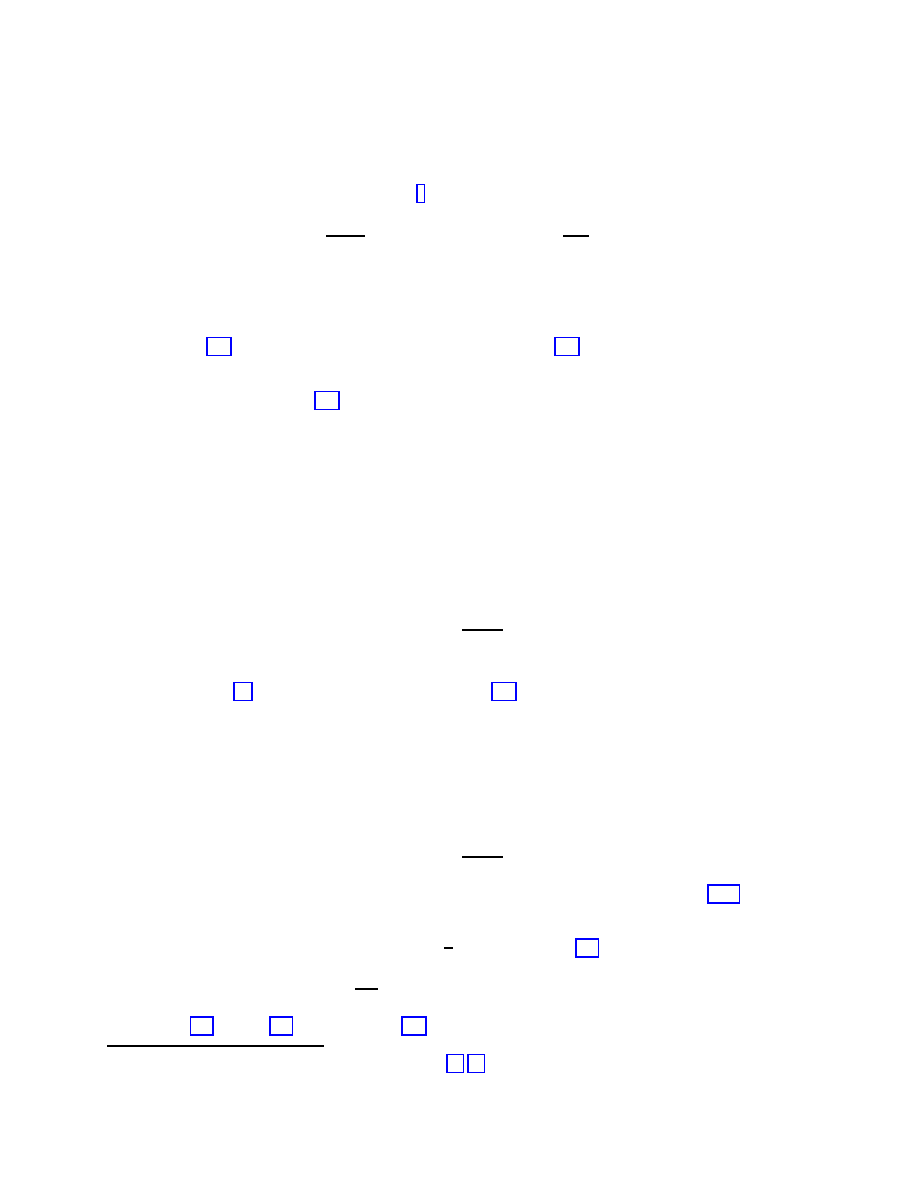
where dˆ
s
2
is the unit metric on S
2
obeying
ˆ
R
z ¯
z
= ˆ
g
z ¯
z
,
Z
d
2
zˆ
g
z ¯
z
= 4π
(3.3)
in complex coordinates. One then finds
S
g
=
−
LM
p
4π
Z
d
2
z ∂
z
ρ∂
¯
z
ρ + ˆ
R
z ¯
z
ρ
−
1
2`
2
ˆ
g
z ¯
z
e
2ρ
.
(3.4)
The equations of motion for constant fields give
ρ = ln `.
(3.5)
The action (3.4) evaluated at this solution agrees with (2.9) We note also that the total
gravity plus matter central charge vanishes, as required for general covariance. These
considerations determine (3.4).
4. DeSitter Entropy
In this section we give macroscopic and microscopic derivations of the entropy.
4.1. Semiclassical Macroscopic Entropy
The macroscopic entropy can be computed directly in three dimensions from the area
entropy-law
S
dS
=
Area
4G
3
.
(4.1)
In this expression G
3
= 1/M
p
and the horizon area is the area of the fixed point of a
U (1) isometry [20] of the instanton geometry (2.2). This consists of a geodesic circle
intersecting the S
2
brane at the north and south poles. The area (length) of this circle is
4Lr
B
∼ 4L ln `. Hence we obtain
S
dS
= LM
p
ln `.
(4.2)
An alternate derivation can be given from the two dimensional deSitter space using
S
dS
=
Area
4G
2
.
(4.3)
The area in this formula is just the area of the observer horizon (θ = 0, π in (2.10) ) which
consists of two points and is therefore equal to 2. G
2
is determined as the (field-dependent)
coefficient of the the scalar curvature R =
1
2
g
z ¯
z
R
z ¯
z
. From (3.4) this is
1
G
2
= 2LM
p
ρ = 2LM
p
ln `.
(4.4)
Inserting (4.4) into (4.3) reproduces (4.2).
7
This is equivalent to the computation in [18,19].
6
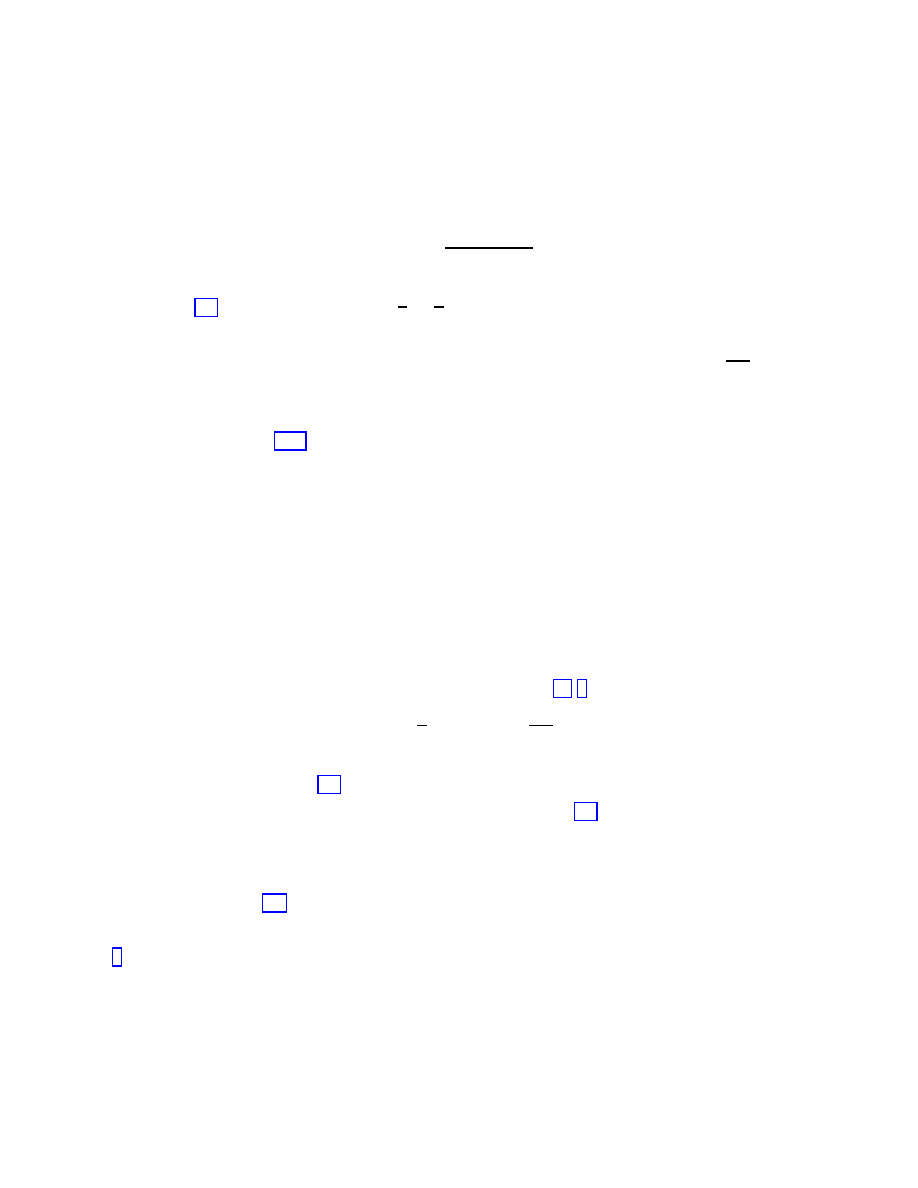
4.2. Microscopic Entropy
Let us now consider the entropy from the point of view of the brane CFT with c =
3M
p
L. An SO(2, 1) invariant vacuum for quantum field theory in lorentzian deSitter space
|0i can be defined as the state annihilated by positive frequency modes in the metric
ds
2
2
= `
2
−dt
2
+ dx
2
cos
2
t
.
(4.5)
The proper time τ of an observer moving along a geodesic at x = 0 is related to the
time t in (4.5) by time e
τ /`
= tan(
t
2
+
π
4
). Green functions in this vacuum are single
valued functions of t. Therefore they are periodic in imaginary τ with period 2πi`, and
the observer accordingly detects a thermal bath of particles with temperature
1
2π`
.
The vacuum
|0i is a pure state of this CFT. However a single observer can probe
features of this state only within the observer horizons, i.e. in the diamond region covered
by the coordinates (2.10). The results of all such measurements are described by an
observable density matrix ρ
obs
. ρ
obs
is constructed from the pure density matrix
|0ih0| by
tracing over the unobservable sector of the Hilbert space supported behind the horizon.
The entropy
S
ent
=
−trρ
obs
ln ρ
obs
(4.6)
is nonzero because of correlations between the quantum states inside and outside of the
horizon. S
ent
is called the entanglement entropy because it measures the extent to which
the observable and unobservable Hilbert spaces are entangled. Note that the entanglement
entropy, defined this way, agrees with the entropy of the gas of particles at the local Rindler
temperature. A general formula for S
ent
S
ent
=
c
6
ρ
|
boundary
−
c∆
6
,
(4.7)
where ∆ is the short distance cutoff and ρ is the conformal factor of the metric in the
coordinates (in our case (4.5) ) used to define the vacuum evaluated at the boundary
(consisting of two points) of the unobserved region. From (4.5) we see that the boundary
is at t = 0, so ρ = ln `. Putting this all together and using c = 3M
p
L we get
S
ent
= LM
p
ln `,
(4.8)
in agreement with (2.8).
This result is a generalization to the two-dimensional deSitter case of the observation of
[4] that, in a two-dimensional theory in which the entirety of Newton’s constant is induced
from matter, the Bekenstein-Hawking black hole entropy can be microscopically derived as
entanglement entropy. The missing ingredient in both of these previous discussions was a
motivation for the assumption that Newton’s constant is induced. Here we see it is natural
- or at least equivalent to other assumptions - in the brane-world context.
7
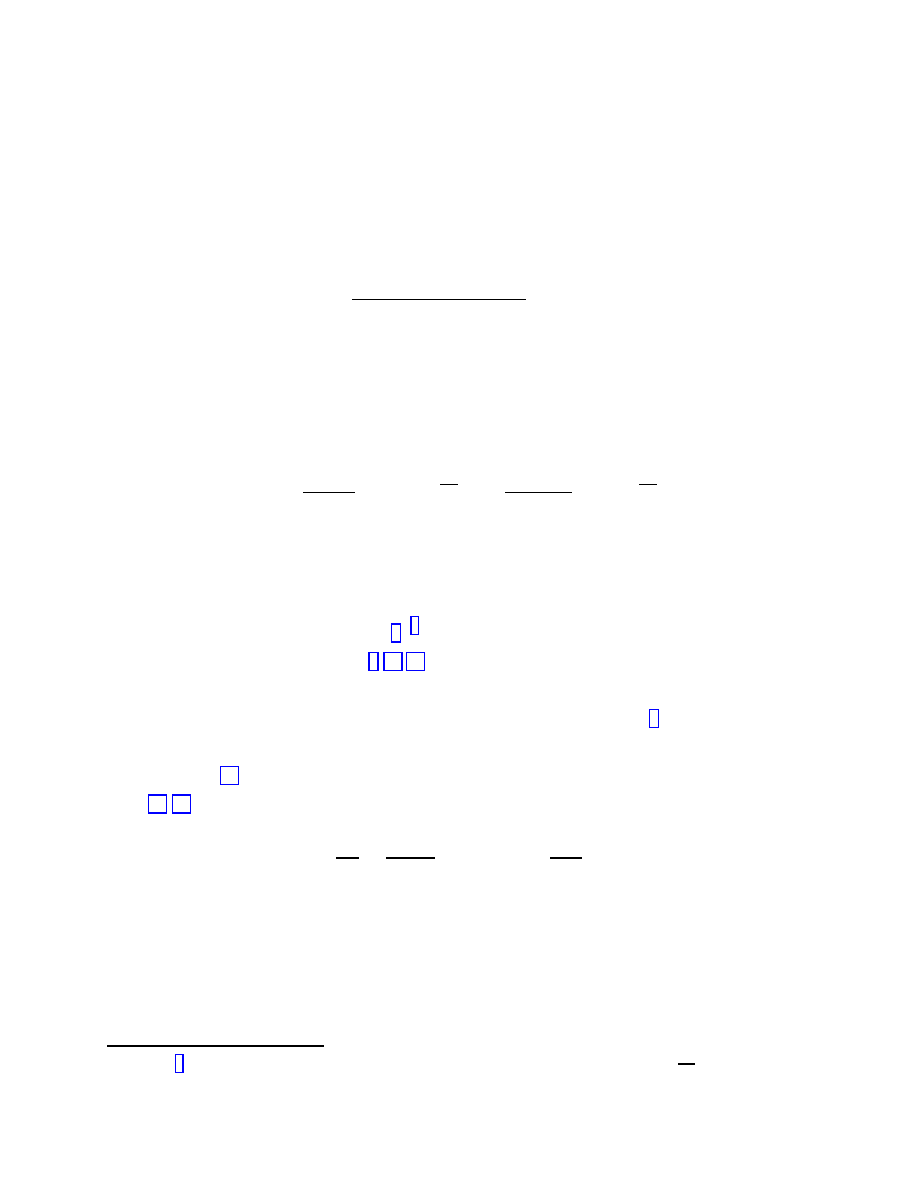
5. Four Dimensions
We can also consider a four dimensional brane world model. We have a four di-
mensional brane bounding two AdS
5
regions. If we consider perturbations of the four
dimensional metric we can analyze the system by first finding a five dimensional solution
which has a given four dimensional metric at the brane. The solution will look like
ds
2
= L
2
g
µν
(z, x)dx
µ
dx
ν
+ dz
2
z
2
+ ...
z
≥
(5.1)
where g
µν
(z = , x) = g
4 µν
is the four dimensional metric. We can then insert the solution
with a given four dimensional metric back into the action and get an effective action for
the four dimensional metric. This effective action will contain a leading term going like
1/
4
which will be canceled by the brane tension so that the next nontrivial term will be
S(g
4
) =
2
16πG
5
Z
z
≥
d
5
x
√
g
5
R
5
=
L
3
16πG
5
2
Z
d
4
x
√
g
4
R
4
,
(5.2)
where to this order of approximation we can assume that the five dimensional metric is
independent of z (the z dependent parts give terms going like lower powers of 1/) and we
took into account the two copies of AdS
5
. This of course the way that the four dimensional
Newton’s constant is computed in [2].
We have phrased the calculation in this way to
make connection with AdS/CFT [3,16,17], so that the integral over five dimensional metrics
with the boundary metric at z = held fixed can be interpreted as a field theory with a
cutoff on that particular four dimensional space. So the physics of [2] is the same as the
physics of a conformal field theory with a cutoff coupled to four dimensional gravity (as
considered in [22]), where the four dimensional conformal field theory as an AdS dual, (see
also [13,23]). Notice that the four dimensional Newton constant can be written as
1
G
4
=
8N
dof
π
2
,
N
dof
≡
πL
3
8G
5
(5.3)
where N
dof
is the quantity that appears in all AdS/CFT calculations involving the stress
tensor, calculations such as the two point function of the stress tensor or the free energy
at finite temperature, etc. It can be viewed as the effective number of degrees of freedom
of the CFT, (N
dof
= N
2
/4 for
N = 4 SYM). This form for the four dimensional Newton
constant is very suggestive. It is of the general form expected for induced gravity in four
8
In [2] does not appear since the four dimensional metric is rescaled by
L
2
2
.
8
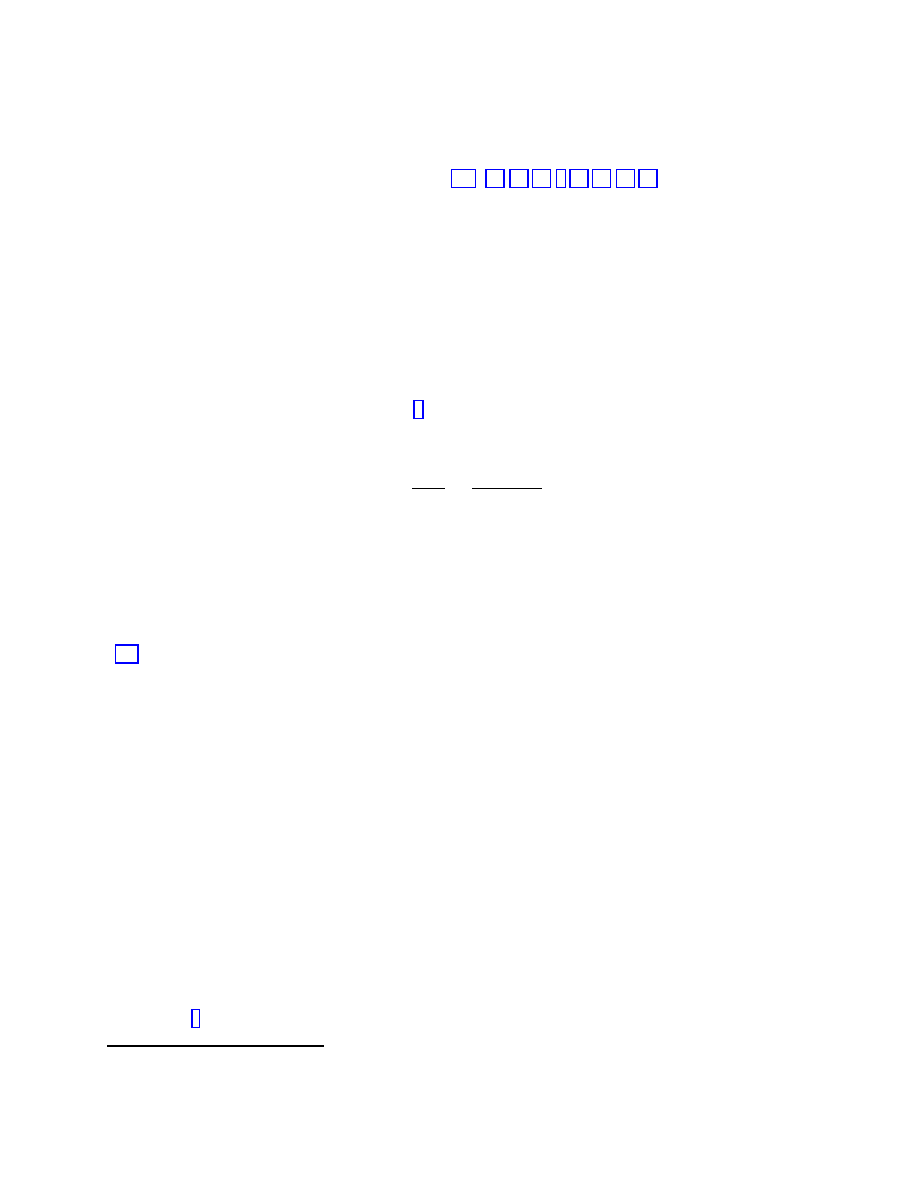
dimensions. If we start in four dimensions with a theory with infinite or very large Newton
constant and we integrate out the matter fields we expect to get a four dimensional value for
the Newton constant which is rougly as in (5.3)[24,25,26,6,27,10,28,29]. The precise value
that we would get seems to depend on the cutoff procedure. Indeed, if we use heat kernel
regularization we would get that for N = 4 Yang Mills this cuadratic divergence cancels.
The gravity procedure of fixing the boundary at some finite distance must correspond to a
suitable cutoff for the field theory and it is not obvious that we should get the same results
for divergent terms. Indeed, the supergravity regularization procedure would also give a
divergent value for the vacuum energy (which is being cancelled by the brane). Again in
theories where the four dimensional Newton constant is induced one can interpret black
hole entropy as entanglement entropy [5]. If we consider a four dimensional metric with a
horizon, like a black hole or de-Sitter space we indeed find that the entropy is given by
S =
A
4
4G
4
=
2N
dof
A
4
2
π
(5.4)
where we just used the relation of the 4d Newton constant and the four dimensional
parameters. The right hand side can be interpreted as entanglement entropy. In other
words, we can compute the entanglement entropy in the field theory as entropy of the gas
of particles in thermal Rindler space and we would obtain precisely the right hand side of
(5.4). We can do the entropy calculation at weak coupling in weakly coupled
N = 4 SYM
and we would obtain agreement up to a numerical factor, which could be be related to the
ignorance of the cutoff procedure, but more fundamentally can also be related to strong
coupling effects like the 3/4 appearing in the relation between the weakly coupled and the
strongly coupled expressions for the free energy.
6. Black Hole Formation on the Brane
The entropy of a bulk black hole in the interior of AdS can be accounted for by
representing it as a thermal state in the brane theory on its boundary. At first this may
seem to be at odds with the accounting given here of the entropy of a black hole on the
brane in terms of quantum entanglement. In this section we will attempt to reconcile the
accounts by throwing a bulk black hole at the brane and watching it turn into a brane
black hole.
9
Similar ideas are being pursued by H. Verlinde.
9

Consider a bulk black hole at the origin of AdS at temperature T
H
whose size is large
compared to the AdS radius L but small compared to the brane radius `. This has a stable
ground state in which there is a cloud of thermal radiation surrounding the black hole. In
the brane theory, this is represented as homogeneous thermal state at temperature T
H
.
The statistical entropy of this state agrees with Bekenstein-Hawking entropy of the black
hole.
The center of mass of the black hole can be given momentum by the action of an
AdS
D+1
SO(D, 2) isometry. These isometries are broken by the presence of the brane,
but if black hole is not too near the brane this should not matter. The SO(D, 2) action
will impart momenta to the black hole and make it oscillate about the origin. The brane
version of such a state can be found by applying an SO(D, 2) conformal transformation to
the thermal brane state. The resulting state will carry conformal charges and have energy
densities with bipolar oscillations. The statistical entropy of this oscillating state will of
course still agree with Bekenstein-Hawking entropy of the oscillating black hole.
In the above discussion we implicitly assumed that the field theory was defined on
the cylinder (S
3
× R). When we think of the field theory defined in flat space or de-Sitter
space we are looking only at some coordinate patch of the AdS cylinder. In this case we
only see half a period of oscillation which can be interpreted as a gas of particles in the
field theory that contracts and expands again.
If the oscillation is made large enough, the black hole actually reaches the brane where
it will stick, at least temporarily. The brane picture of this process is that the oscillations
in the energy density have become so large that the thermal radiation collapses to from a
black hole.
Before collapse, the entropy is accounted for on the brane as the entropy of thermal
radiation. After collapse, it is accounted for by the thermal gas of Rindler particles near
the horizon. (In general the black hole formation is not adiabatic.) This latter entropy
is localized within a distance of the order of the cutoff from the horizon. This could be
described by saying that all stages the entropy is stored in thermal radiation, and this
radiation hovers outside the horizon when the black hole is formed. In this description
10
The equality is precise for AdS
3
. In higher dimensional cases such as AdS
5
it follows if one
accepts the factor of 4/3 as a feature of strongly coupled gauge theory, which we shall for the
purposes of this discussion.
11
Note that the coupling to gravity breaks conformal invariance so the conformal charges are
not conserved when the collapse occurs.
10

the statistical origin of the entropy of bulk and brane black holes appears to be similar.
Eventually the black hole will evaporate and the final state will be just outgoing thermal
radiation on the brane theory.
It is interesting that there is a “correspondence principle” in the sense that when the
AdS black hole has a radius of the order of the five dimensional anti-de-Sitter space and
it makes a grazing collision with the brane, then the entropies calculated as a thermal gas
and as entanglement entropy are the same up to a numerical constant. Such a black hole
would have a Schwarschild radius in the boundary theory equal to the field theory cutoff
.
In closing, it remains to find a fully consistent quantum realization of such a brane-
world scenario to which our observations can be applied. Alternately, perhaps it is ap-
plicable in a more general setting. One of the important lessons of string duality is that
something which is classical from one point of view can be quantum from another. What
is needed here is a point of view from which Newton’s constant - usually regarded as a
largely classical quantity - is a purely quantum effect. It is notable in this regard that
closed string poles arise as a loop effect in open string theory, indicating that there might
be a way in which the full closed string dynamics is contained in open string field theory.
In that case Newton’s constant could be induced.
Acknowledgements
This work was supported in part by DOE grant DE-FG02-91ER40654. J.M. was
also supported in part by the Sloan and Packard fellowships. We would like to thank T.
Jacobson, A. Tseytlin and H. Verlinde for discussions.
11
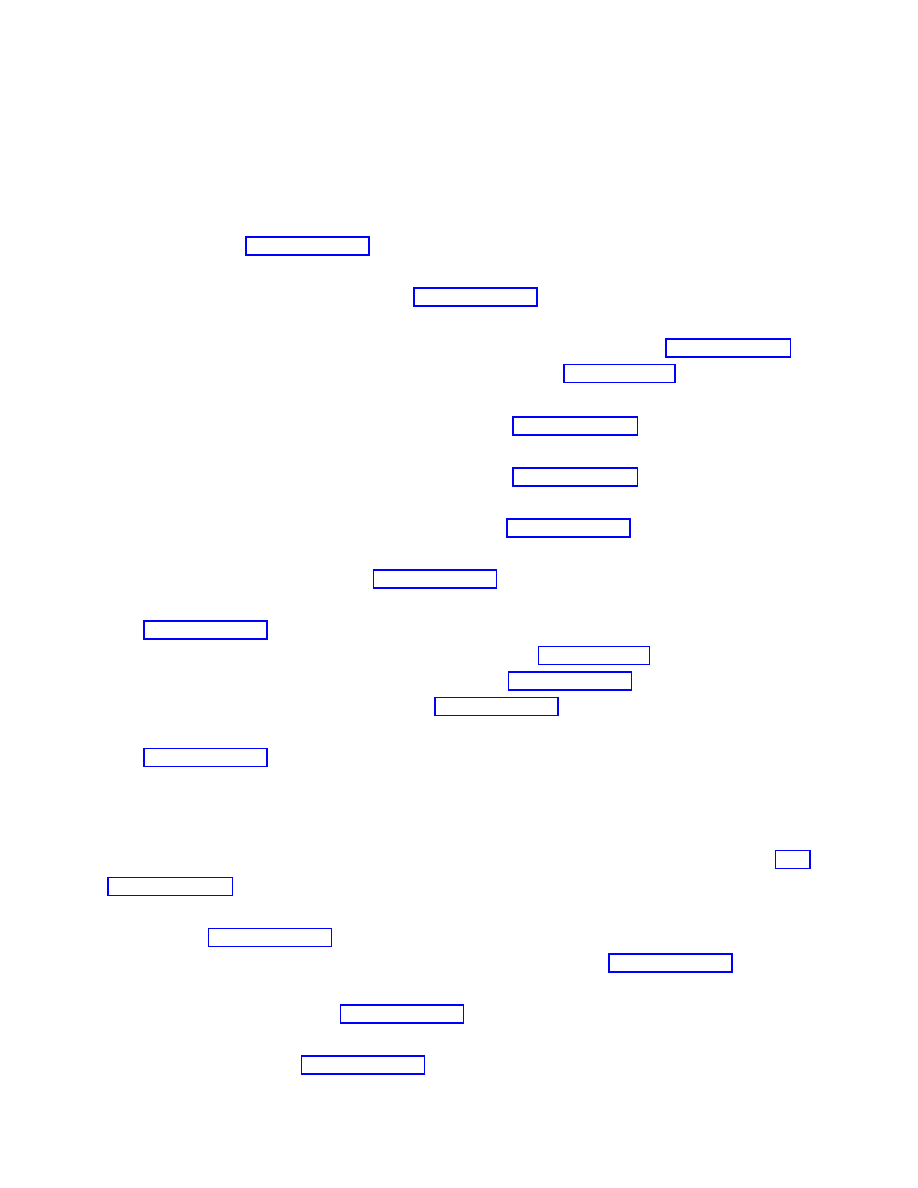
References
[1] G. W. Gibbons and S. W. Hawking, Action integrals and partition functions in quan-
tum gravity, Phys. Rev. D15 (1977) 2752.
[2] L. Randall and R. Sundrum, An alternative to compactification, Phys. Rev. Lett. 83
(1999) 4690, hep-th/9906064.
[3] J. Maldacena, The large N limit of superconformal field theories and supergravity, Adv.
Theor. Math. Phys. 2 (1998) 231, hep-th/9711200.
[4] T. Fiola, J. Preskill, A. Strominger and S. P. Trivedi, Black hole thermodynamics and
information loss in two-dimensions, Phys. Rev. D50 (1994) 3987, hep-th/9403137.
[5] T. Jacobson, Black hole entropy and induced gravity, gr-qc/9404039.
[6] L. Susskind and J. Uglum, Black hole entropy in canonical quantum gravity and su-
perstring theory, Phys. Rev. D50 (1994) 2700, hep-th/9401070.
[7] V. Frolov, D. Fursaev and A. I. Zelnikov, Statistical origin of black hole entropy in
induced gravity, Nucl. Phys. B486 (1997) 339, hep-th/9607104.
[8] V. Frolov and D. Fursaev, Mechanism of generation of black hole entropy in Sakharov’s
induced gravity, Phys. Rev. D56 (1997) 2212, hep-th/9703178.
[9] A. Strominger and C. Vafa, Microscopic origin of the Beckenstein-Hawking entropy,
Phys. Lett. B379 (1996) 99, hep-th/9601029.
[10] D. Kabat, Black hole entropy and entropy of entanglement, Nucl. Phys. B453 (1995),
[11] T. Jacobson, On the nature of black hole entropy, gr-qc/9908031.
[12] H. Verlinde, Holography and compactification, hep-th/9906182.
[13] S. S. Gubser, AdS/CFT and gravity, hep-th/9912001.
[14] J. DeBoer, E. Verlinde. and H. Verlinde, On the holographic renormalization group,
[15] J. D. Brown and M. Henneaux, Central charges in the canonical realization of asymp-
totic symmetries: An example from three dimensional gravity, Commun. Math. Phys.
(1986), 104.
[16] L. Susskind and E. Witten, The holographic bound in Anti-de-Sitter space, hep-
[17] A. Peet and J. Polchinski, UV/IR relations in AdS dynamics, Phys. Rev. D59 (1999)
065011, hep-th/9809022.
[18] M. Henningson and K. Skenderis, JHEP 9807 (1998) 023, hep-th/9806087.
[19] V. Balasubramanian and P. Kraus, A stress tensor for anti de Sitter gravity, Commun.
Math. Phys. (1999) 208, hep-th/9902121.
[20] S. Hawking and C. Hunter, Gravitational entropy and global structure, Phys. Rev.
D59 (1999)044025, hep-th/9808085.
12

[21] C. Holzhey, F. Larsen and F. Wilczek, Geometric and renormalized entropy in con-
formal field theory, Nucl. Phys. B424 (1994) 443, hep-th/9403108.
[22] P. Frampton and C. Vafa, Conformal approach to particle phenomenology, hep-
[23] E. Witten, New dimensions in field theory and string theory, http://www.itp.ucsb.edu/online/susyc99/discussion.
[24] L. Bombelli, R. Koul, J. Lee and R. Sorkin, A quantum source of entropy for black
holes, Phys. Rev. D34 (1986) 373.
[25] M. Srednicki, Phys. Rev. Lett. 71 (1993) 666, Entropy and area, hep-th/9303048.
[26] S. Carlip and C. Teitelboim, The off shell black hole gr-qc/9312002.
[27] C. Callan and F. Wilczek, On geometric entropy, Phys. Lett. B333 (1994) 55; hep-
[28] J-G. Demers, R. LaFrance and R. Myers, Black hole entropy and renormalization,
[29] F. Larsen and F. Wilczek, Renormalization of black hole entropy and of the gravita-
tional coupling constant, Nucl. Phys. B58 (1996) 249, hep-th/9506066.
13
Wyszukiwarka
Podobne podstrony:
Physics Papers Steven Weinberg (2003), Damping Of Tensor Modes In Cosmology
Physics Papers Steven Weinberg (2001), Conference Summary 20th Texas Symposium On Relativistic Ast
Physics Papers Edward Witten (2000), The Cosmological Constant From The Viewpoint Of String Theory
Physics Papers Lee Smolin (1993), Time, Measurement And Information Loss In Quantum Cosmology
hawking the future of quantum cosmology
hawking the future of quantum cosmology
Breuer H P , Petruccione F (eds ) Relativistic quantum measurement and decoherence (LNP559, Springer
Physics Papers Andrei Linde (2003), Testing The Cosmological Constant As A Candidate For Dark Energ
Robert Stevenson The Strange Case of Dr Jekyll and Mr Hyde
Sukumar Supersymmetric quantum mechanics and its
Donald M J Quantum theory and the brain
Dissipative Quantum Chaos and Decoherence
[Robert Louis Stevenson] The Strange Case of Dr Jekyll and Mr Hyde
Robert Louis Stevenson The Strange Case of Dr Jekyll and Mr Hyde
Bearden Tech papers Vision 2000 The New Science Now Emerging for the New Millennium (www cheniere
Podsędkowska, Hanna Entropy of Quantum Measurement (2015)
Meta Physician on Call for Better Health Metaphysics and Medicine for Mind, Body and Spirit by Steve
więcej podobnych podstron